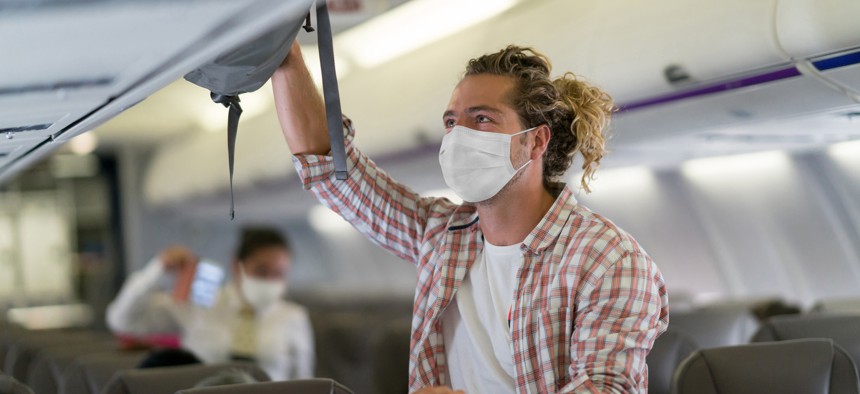
Hispanolistic/iStock
Most Americans Resumed Risky Activities before COVID Vaccines Came Out
Americans started getting back to regular activities like travel and eating indoors before COVID-19 vaccines became available, according to a new study.
A new study identifies various factors that played a role in the resumption of risky travel and leisure behaviors during the pandemic.
After months of lockdowns and quarantines, many Americans were eager to return to normal activities, even as public health experts continued to warn the public that the COVID-19 pandemic was not over.
The study reveals that despite these warnings, the majority of Americans resumed risky social and travel activity before vaccines became available.
Jay E. Maddock at the Texas A&M University School of Public Health and Courtney Suess at the College of Agriculture & Life Sciences conducted a cross-sectional survey of 2,589 American adults in late November and early December 2020.
The survey asked respondents when they planned to resume certain activities, along with questions about perceived susceptibility to COVID-19, political ideology, and demographic information.
More than half of the respondents, 60.3%, said they resumed or intended to resume at least one risky travel or leisure behavior before vaccines became available, and approximately one in six, 17.5%, had engaged in four or more risky behaviors.
Risky behaviors identified in the survey included eating indoors at restaurants, eating or drinking in bars, attending large social events and attractions, traveling by airplane, visiting family and friends by car, staying in a hotel, going on a cruise, and riding a bus or shuttle. Visiting family and friends was the most common risky activity resumed, followed by eating inside a restaurant.
Being younger, fiscally conservative, or having less perceived susceptibility to COVID-19 were variables associated with an individual being more likely to resume leisure behaviors, such as visiting loved ones or eating or drinking in restaurants or bars.
Higher education and socioeconomic status were associated with a greater likelihood of taking a flight; this finding was notable because a higher level of education and socioeconomic status are typically associated with less risk-taking behavior.
These survey responses show that while many Americans heeded experts’ warnings, many others chose to try to return to normal life despite the risks to themselves and others.
Future pandemic messaging that focuses on perceived susceptibility may be key to encouraging behaviors that are protective rather than risky.
“Having appropriate messages and working with local, state, and national health departments and the CDC to really think through how we respond will help us be ready for the next pandemic,” Maddock says.
The study appears in INQUIRY: The Journal of Health Care Organization, Provision, and Financing.
Source: Kelly Tucker for Texas A&M University
This article was originally published in Futurity. Edits have been made to this republication. It has been republished under the Attribution 4.0 International license.






